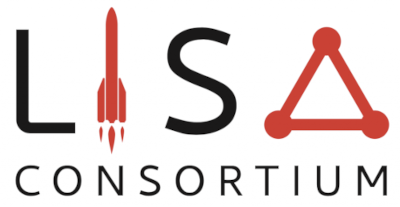Speaker
Description
The baryon asymmetry problem remains a crucial challenge in particle physics and cosmology. Electroweak baryogenesis, a leading mechanisms to produce the matter-antimatter asymmetry we observe today, requires an extension to the Standard Model to achieve a sufficiently strong first order phase transition.
Besides representing a target for several future-generation colliders, such Beyond the Standard Model (BSM) theories carry the potential to generate - through a thermal phase transition - gravitational waves (GWs) detectable by future space-based detectors, including LISA.
Despite growing interest in the problem, publicly available code to study different BSM scenarios is limited, the prevalent one being CosmoTransitions.
This presentation introduces a fully Mathematica-based paclet to fill the gap, offering a user-friendly and fully-automated tool to derive phase transition and gravitational wave parameters. The paclet exploits the recently developed FindBounce to compute the Euclidean tunnelling action.
Key features include
• simple phase tracing (in progress)
• identification of first order phase transitions
• computation of phase transition parameters (nucleation and percolation temperatures, strength, duration, …)
• derivation of GW spectra from semi-analytical functions found in the literature
Although designed to work with any given thermal potential, the paclet is intended to interface smoothly with DRalgo, a Mathematica package for dimensional reduction and thermal effective field theory computations.
Currently under development, the tool is being tested on a variety of single-field models, including the abelian Higgs, a coupled fluid-field, and a dark photon model.
This presentation will cover preliminary results and future development plans, showcasing the potential for this new paclet to become an invaluable resource in the field of cosmological phase transitions.
